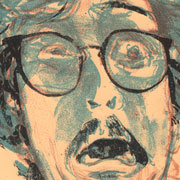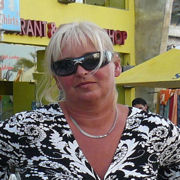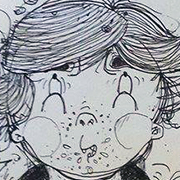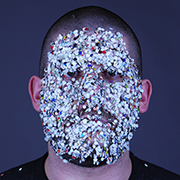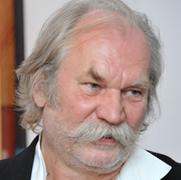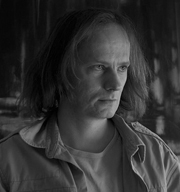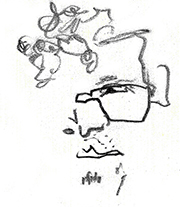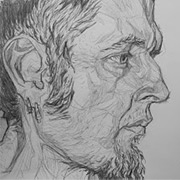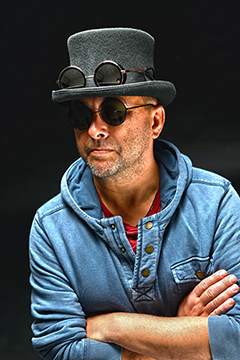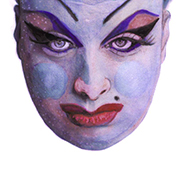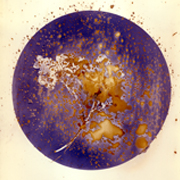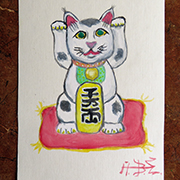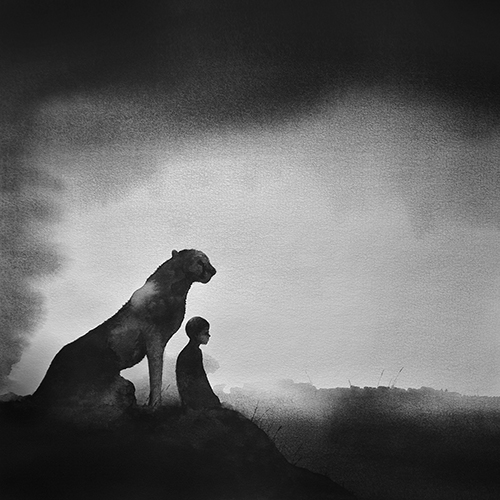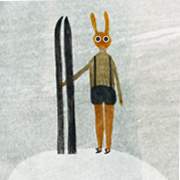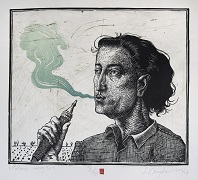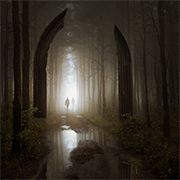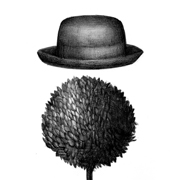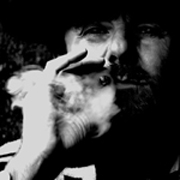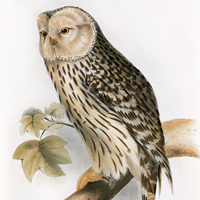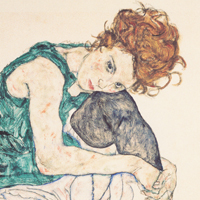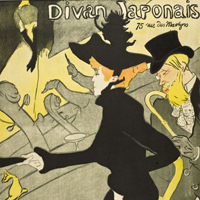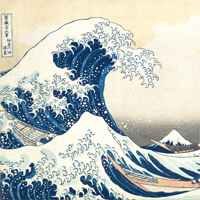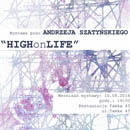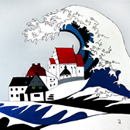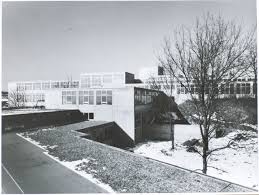2014-03-11
True Crime Detective Magazines
The way from desire to the crime is not that far. A big part of successful plots in popular culture entertainment is wrapped around this motto. Sex and violence mark the two poles of human emotion spectrum – the greatest desire and deepest fears, the best and the worst of human nature, the beginning and the end of life. This way Eric Godtland draws bases of his criminal stories. True Crime Detective Magazines – is the new book from Tachen created by this author.
Already in the 19th Century the daily newspapers were publishing descriptions of human barbarities and crime scene reports. This practice is also reflected in today’s journalism. The scenario is very simple: violence, scandal and sex. The audience waited for more: descriptions of rapes, drug abuse, serial murders, bondage and moral decadence were the most fascinating articles. With such topics, the press violated the limits of good taste and the general morality and triggered discussions. But in the same time the urban scum stories made the Detective Magazines top sellers.
Simultaneously, other genres of crime fiction developed, more sophisticated and literary this time, with novels such as the series of stories of Sir Arthur Connan Doyle about Sherlock Holmes.
The True Crime Detective Magazines offered to American audiences the perfect potpourri of everything human sensationalism captivates from 1924 to 1969. They gave the reader the opportunity to act as investigators and safely experience the dark and dangerous side of life. Criminals became heroes and heroes changed into criminals. The boundaries of morality, seemingly bright and clear, blurred out. Then, the Great Depression of 30’s and 40’s in America brought forth such criminals as Al Capone, Machine Gun Kelly, Bonnie and Clyde, Babyface Nelson and John Dillinger, which stormed popular culture. Detective Magazine was so famous that both cops and criminals read it with enthusiasm. Even the great FBI Director, J. Edgar Hoover, regularly wrote articles for the paper.
All kinds of entertainment must develop through adaptation and innovation to become successful. The entertainment market is constantly changing and this calls forth new formats. The Detective Magazines was a niche product of the entertainment market, and for a long time, they were among the most successful. The book by Eric Godtland documents this extraordinary phenomenon, revealing the elements that have contributed to this great success. It also represents a compendium of this outstanding creation. It also allows a look back into to the beginnings of crime stories, through its development, evolution and the way to popularity. A careful reader might see the amazing parallels between the classic crime novels and, popular today, television series such as America's Most Wanted, Cops, or CSI, which recalls the beginnings of True Crime Detecive Magazine.
Eric Godtland/Dian Hanson:
True Crime Detective Magazines 1924-1969.
German version by Harald Hellmann. Köln: Taschen, 2008. 335 pages.
Already in the 19th Century the daily newspapers were publishing descriptions of human barbarities and crime scene reports. This practice is also reflected in today’s journalism. The scenario is very simple: violence, scandal and sex. The audience waited for more: descriptions of rapes, drug abuse, serial murders, bondage and moral decadence were the most fascinating articles. With such topics, the press violated the limits of good taste and the general morality and triggered discussions. But in the same time the urban scum stories made the Detective Magazines top sellers.
Simultaneously, other genres of crime fiction developed, more sophisticated and literary this time, with novels such as the series of stories of Sir Arthur Connan Doyle about Sherlock Holmes.
The True Crime Detective Magazines offered to American audiences the perfect potpourri of everything human sensationalism captivates from 1924 to 1969. They gave the reader the opportunity to act as investigators and safely experience the dark and dangerous side of life. Criminals became heroes and heroes changed into criminals. The boundaries of morality, seemingly bright and clear, blurred out. Then, the Great Depression of 30’s and 40’s in America brought forth such criminals as Al Capone, Machine Gun Kelly, Bonnie and Clyde, Babyface Nelson and John Dillinger, which stormed popular culture. Detective Magazine was so famous that both cops and criminals read it with enthusiasm. Even the great FBI Director, J. Edgar Hoover, regularly wrote articles for the paper.
All kinds of entertainment must develop through adaptation and innovation to become successful. The entertainment market is constantly changing and this calls forth new formats. The Detective Magazines was a niche product of the entertainment market, and for a long time, they were among the most successful. The book by Eric Godtland documents this extraordinary phenomenon, revealing the elements that have contributed to this great success. It also represents a compendium of this outstanding creation. It also allows a look back into to the beginnings of crime stories, through its development, evolution and the way to popularity. A careful reader might see the amazing parallels between the classic crime novels and, popular today, television series such as America's Most Wanted, Cops, or CSI, which recalls the beginnings of True Crime Detecive Magazine.
Eric Godtland/Dian Hanson:
True Crime Detective Magazines 1924-1969.
German version by Harald Hellmann. Köln: Taschen, 2008. 335 pages.









